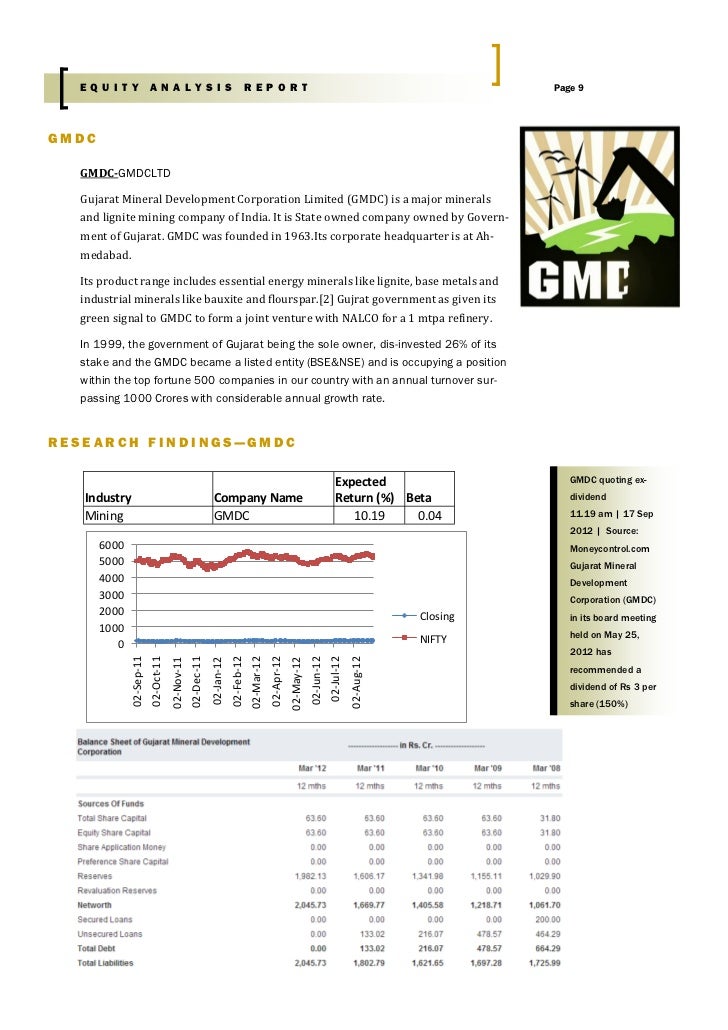Understanding Sensemaking of Shares: In What Ways Equity Analysts Can Support
Engaging in stock market investments can often seem like traversing a complex maze teeming with doubts and obstacles. For both novice and veteran investors, comprehending the intricacies of the market is essential for arriving at informed decisions. This is where equity analysts become essential, offering key knowledge and expertise that aids in shaping investment strategies. Their responsibility is to decipher financial data, review market trends, and give advice that can significantly influence the potential success of stock investments.
Equity analysis specialists possess the skills to assess a company's financial standing, competitive advantage, and growth potential. By delving into various financial metrics and market factors, they help investors pinpoint mispriced stocks, uncover hidden opportunities, and minimize threats. Utilizing the knowledge of these professionals can enable investors to capitalize on market movements and make sound investment choices that are in harmony with their financial objectives.
The Role of Equity Analysts
Equity analysts play a key role in the financial landscape by providing detailed research and insights that help investors make educated decisions. They assess fiscal information, stock trends, and economic conditions to evaluate the status of listed firms. By reviewing financial statements, income statements, and cash flow projections, equity analysts assess the true worth of a stock, helping financial backers understand whether it is undervalued or overpriced.

These experts utilize a range of financial models and appraisal methods to forecast a company's upcoming results. Their reports often include advice on whether to purchase, divest, or maintain a particular stock, based on thorough investigation and evidence-based conclusions. This guidance can be critical for retail investors and large investors alike, as it enables them to maneuver through the challenges of the stock market with more confidence.
Moreover, equity analysts contribute to the overall market efficiency by disseminating their results through publications and talks. This openness helps to equalize access for all investors, allowing them to access the identical information and insights that institutional investors rely on. By leveraging the expertise of stock analysts, traders can enhance their approaches and potentially increase their financial returns.
Vital Instruments and Strategies in Equity Evaluation
Equity analysts utilize a selection of instruments and strategies to evaluate equities and provide financial recommendations. One of the primary instruments is economic modeling, which permits analysts to create comprehensive forecasts of a company's future performance based on historical data and assumptions about expansion rates. These models can help analysts estimate various financial metrics such as earnings, liquidity, and valuations using methods like DCF analysis. This holistic approach facilitates them to derive real values of stocks and compare them with present market prices.
Another important technique in equity analysis is the use of fundamental analysis. This includes examining a company's financial statements, such as the profit and loss statement, balance sheet, and cash flow statement, to evaluate its overall health and operational efficiency. Analysts often look at key financial ratios, including P/E ratios, ROE, and debt-to-equity ratios, to gauge worth compared to peers and past performance. By understanding these metrics, stock analysts can make informed decisions about whether a stock is selling at a lower price than its worth or overvalued.
Chart analysis is also a crucial component of stock analysis. This technique involves studying charts of prices and trading activity to recognize patterns and trends that may indicate future price movements. Resources such as average movement, support and resistance levels, and various indicators like the Relative Strength Index help analysts determine buy and exit points for transactions. While fundamental analysis focuses on the real value of a company, technical analysis enhances this by providing insights into market sentiment and potential price movements, offering stock analysts a holistic view.
Interpreting Equity Recommendations
Understanding equity analysts' advices is essential for arriving at informed financial choices. Equity analysts usually categorize their recommendations into three primary categories: purchase, hold, and sell. A “buy” advisory signals that the analyst thinks the stock will rise in value, suggesting a strong potential for gain. Conversely, equity research report quot;dispose” advisory indicates that the analyst believes the stock is overpriced or that it may decline, indicating that shareholders should reduce their holdings. The “maintain” recommendation generally indicates that the analyst thinks the stock will perform consistently, and there are not enough reasons to acquire or dispose at that point.
Investors should avoid taking these advices at first glance but instead consider the justifications behind them. Analysts provide thorough reports that encompass earnings projections, valuation parameters, and market trends which are essential for interpreting the context of their advices. By analyzing these documents, investors can gain perspectives into the company's financial health, the competitive landscape, and macroeconomic conditions that might affect stock results. Understanding the rationale helps investors gauge if the recommendations align with their financial goals and risk capabilities.
It’s also important to recognize that analysts’ recommendations can change widely depending on their expertise and perspective. Some may concentrate on immediate trends, while others take a long-term view. Investors should expand their data sources and contrast various analysts’ opinions to develop a more comprehensive view. By synthesizing multiple analyses, investors can more effectively assess stock worth and make calculated decisions fitted to their individual investment approach.